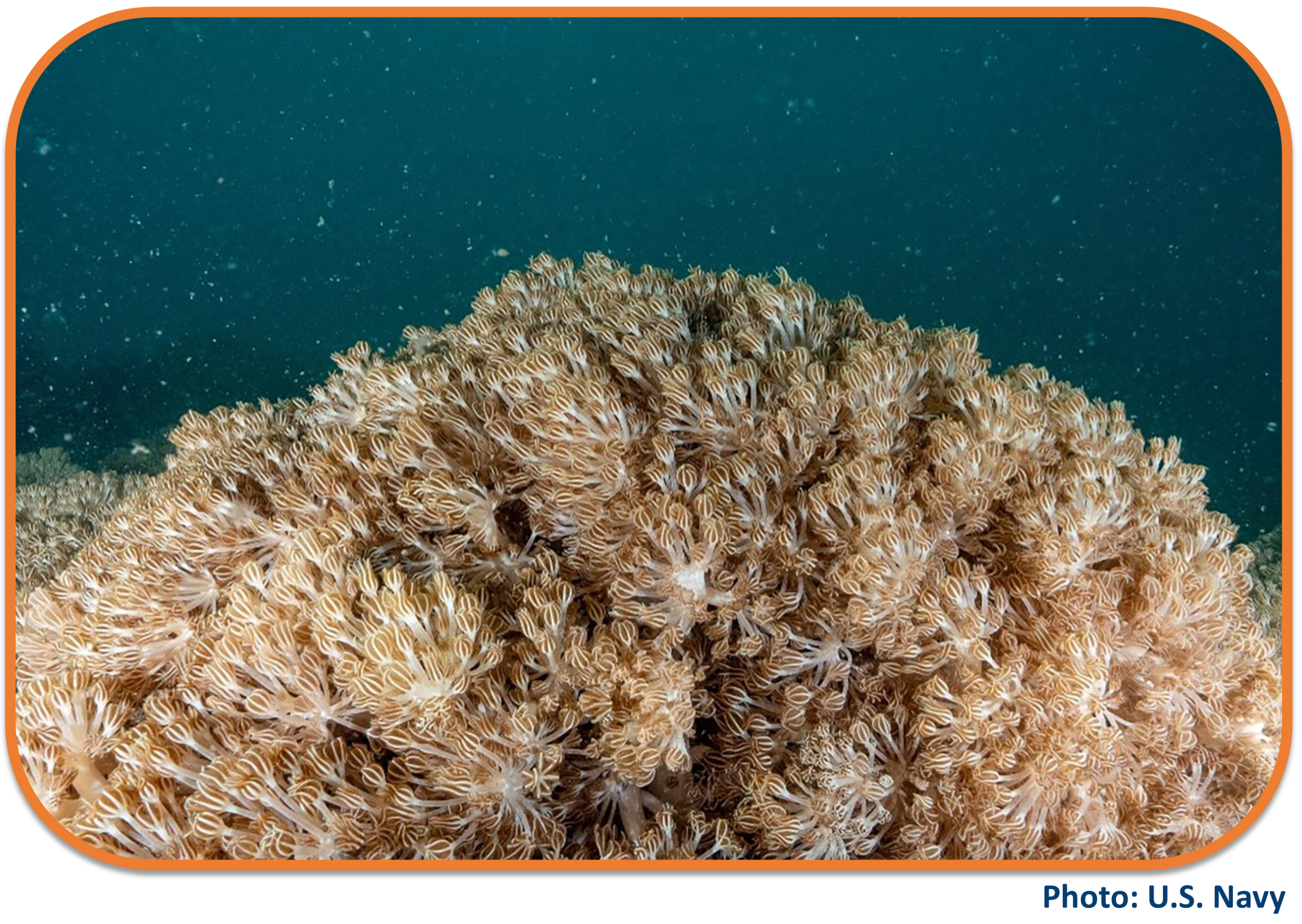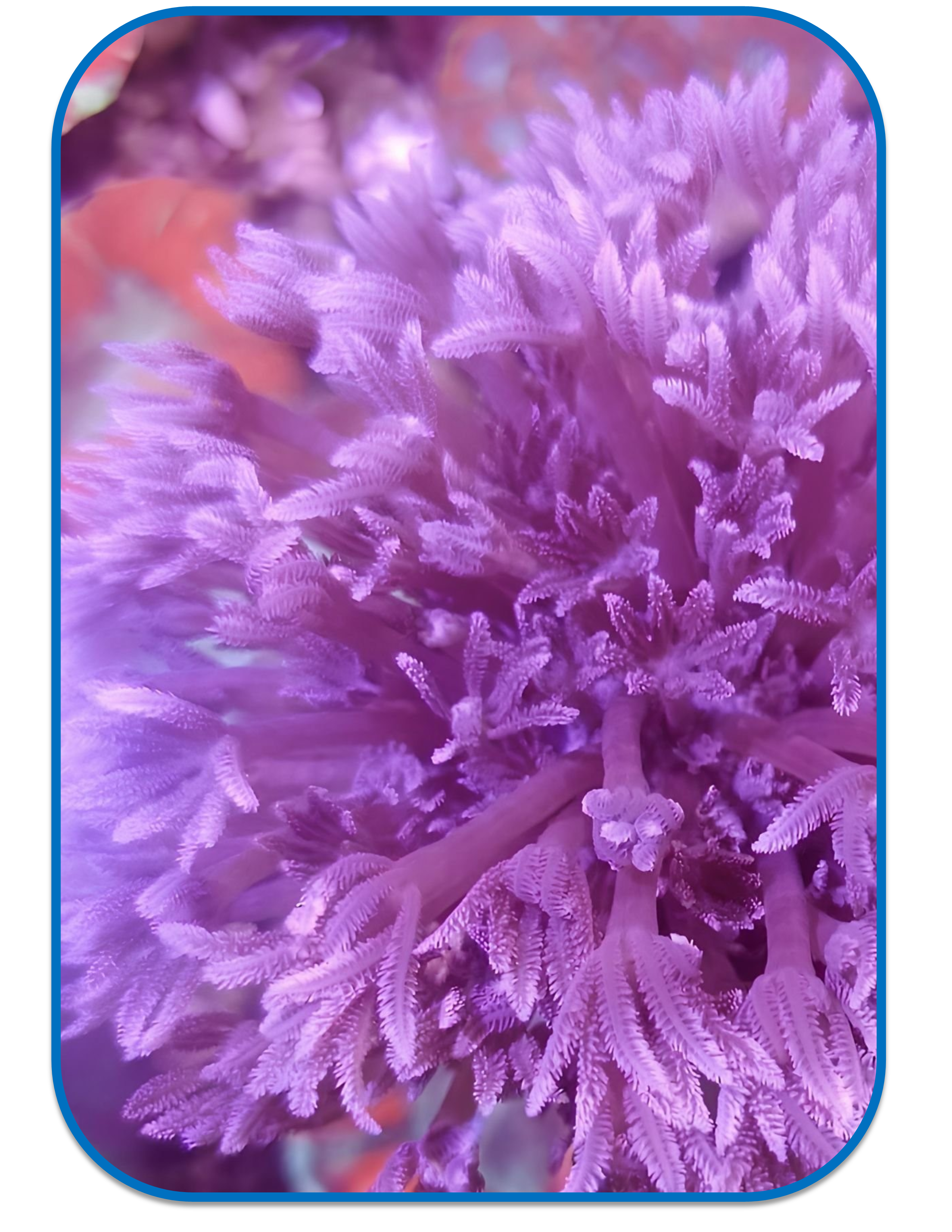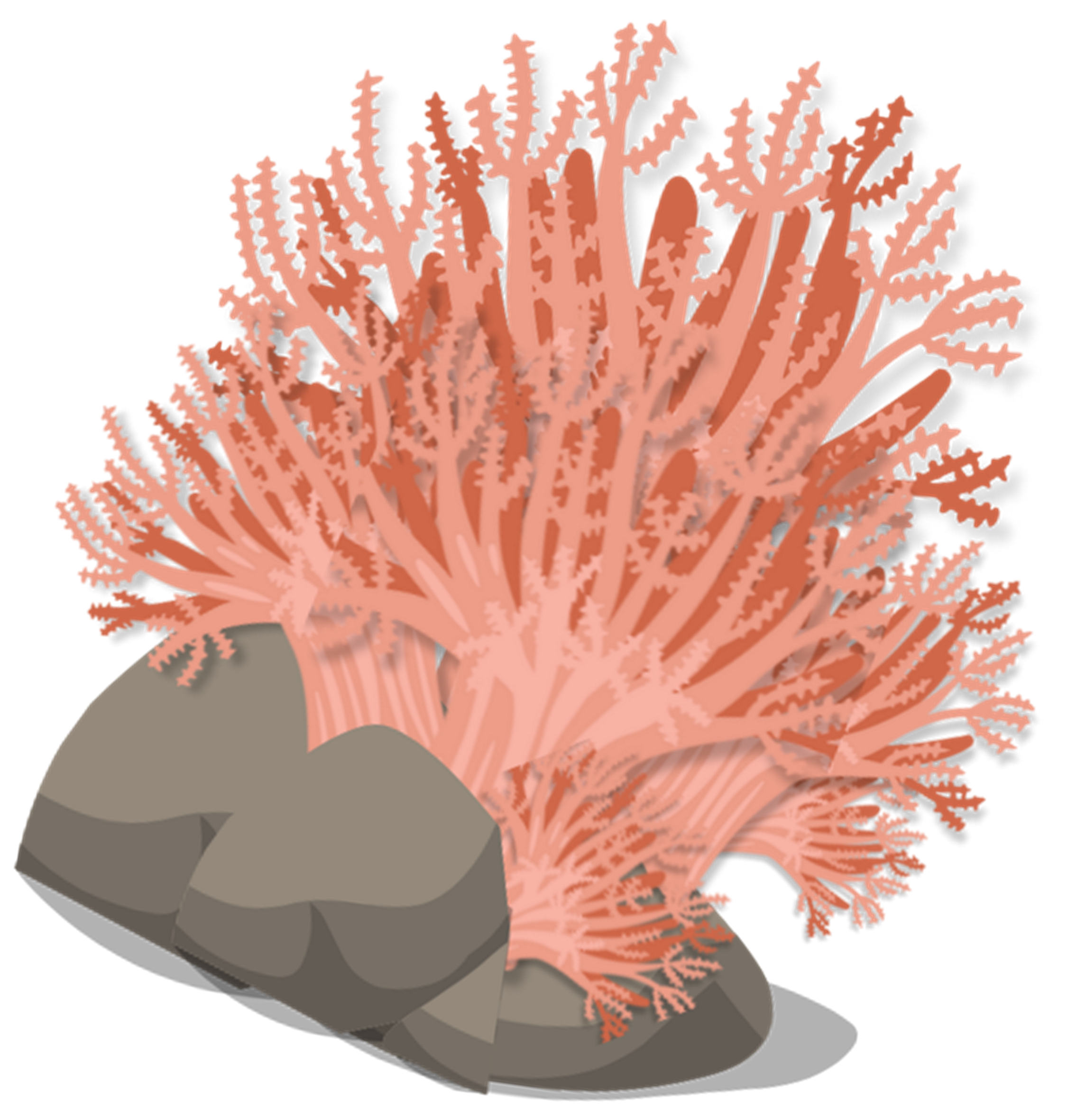Invasive Pulse Coral
Several species of soft corals that have recently been found in parts of Hawai’i and the Caribbean, including Puerto Rico and Cuba. The two species of present concern in Florida are Unomia stolonifera and Xenia umbellata.
These corals come from the family of Xenia, and can be found throughout the Indo-Pacific region and the Red Sea
Pulse Corals have had a negative impact on local environments, as they can invade a wide variety of habitat types including coral reefs, seagrass meadows, and mangrove systems. The disruption of native plants and corals can cause a cascade of impacts leading to loss of biodiversity.



